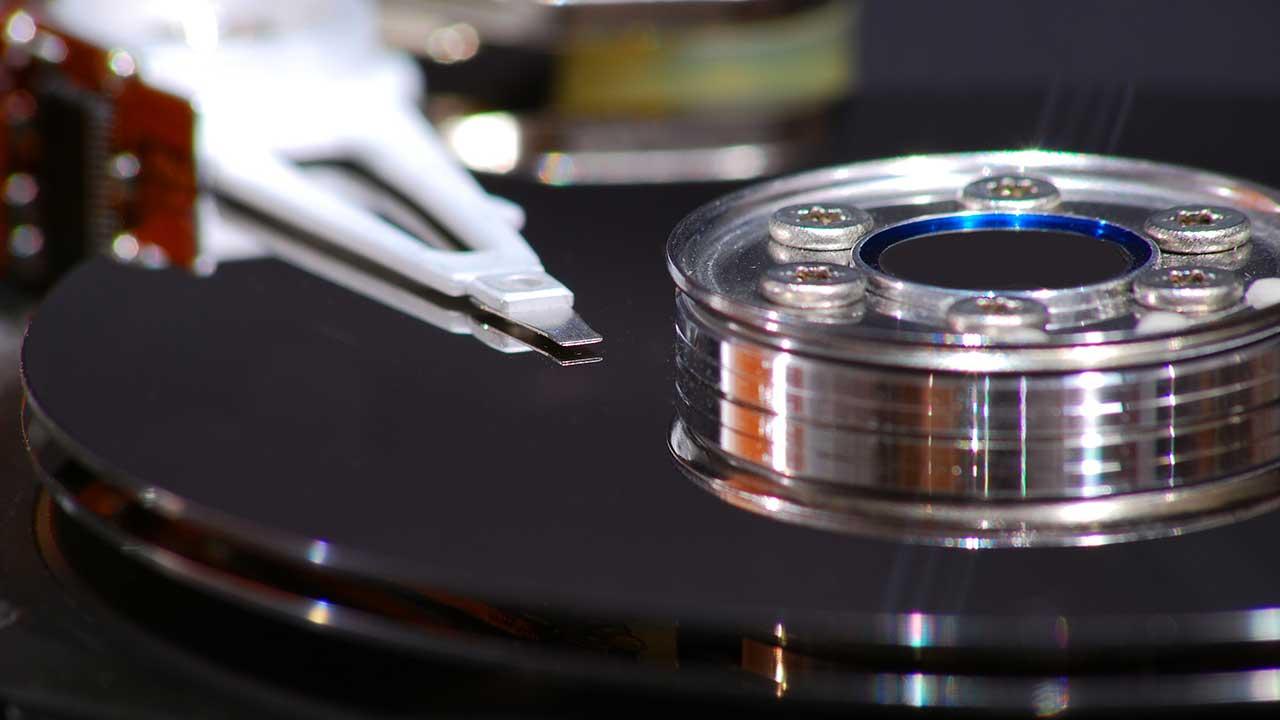The new version of the popular Home Assistant home automation system for the month of September is now ready for installation. This new version Home Assistant 2024.9 is a transitional version, since we have very few new features, but the two new features that have been incorporated are really interesting, especially if you use the new “Sections” control panel, and also if you use the Energy control panel. Do you want to know what changes have been incorporated in this version?
The popular home automation system is updated for another month. In this case, we don’t have a long list of new features, as has happened in other cases. However, it is one more example that the project is more alive than ever. Below, you can see the new features added.
News and changes
This new version of Home Assistant 2024.9 has improved the “Sections” part of the main display menu. We now have more options and customization and organization for the panels. Now in the “Sections” cards, we can resize the cards very easily, when expanding, we could cover several sections. For example, if you have an IP camera, you could make it cover two sections, and you could even add a map with your geolocation that occupies a total of three sections wide. Another feature is that we now have the option for the cards to always use the entire width of the section.

Cards and sections will still follow the Z-grid rules, so there might be white space if the new wider sections don’t fit in a specific part of the screen, so you need to take this into account. If you don’t want white space between sections, what you can do is choose the “dense” layout, which is basically combining the Z-grid rules, but will fill in white space wherever possible. This might affect the order of the sections, but it maximizes screen space.

In the “Badges” menu within the visualization, we can now decide for ourselves which elements we want to show. For example, we can hide the icon of a badge and only show the status of the device. We already had this feature in the cards themselves, now this feature has been moved to the badges, as you can see here:
As you can see, it is not a very important change, but it is another improvement for the “Sections” section, which is now even more complete.
Improved Energy Tracking
In April, the Home Assistant team introduced a new menu to monitor the energy consumed by different devices, which we could add individually. This way, we can see the energy consumed by different devices, as long as we have a smart plug, a Wi-Fi relay with an energy meter or any other device that performs this function and we have it registered.
The novelty, in this case, is that we will be able to know the energy consumed but not “tracked” by different devices. If we have a Shelly EM that is responsible for measuring the energy consumption of the entire home, and subsequently different devices to measure consumption, but not throughout the house, Home Assistant will automatically subtract the total consumption from the tracked consumption, to give us an “untracked” consumption.

This will appear automatically if you already had an Energy control panel configured, we do not have to perform any configuration, nor create a virtual sensor to perform this action, now it will do it automatically.
More options for language models and others
If you’ve added an LLM language model to Home Assistant, you’ll have noticed that it’s still pretty limited. Right now you can use cloud-based integrations from OpenAI, Google AI, and also the on-premise Ollama. What’s new is that now, another cloud option has been added with Anthropic, perfect for experimenting with AI in Home Assistant. Little by little, the development team is improving and adding new AI features, but everything is still in the testing or beta phase.
Finally, in this new version we have some interesting integrations, such as being able to manage SMLIGHT devices from the system, and also the official Yale integration for its home automation devices. Some existing integrations have also been improved, such as the Shelly integration so that you don’t have to configure outgoing WebSockets, improvements in Nest and MQTT integration, and much more.
As you can see, this new version of Home Assistant 2024.9 is not a revolution, but an evolution, and shows that little by little the project is growing and improving the entire system.













